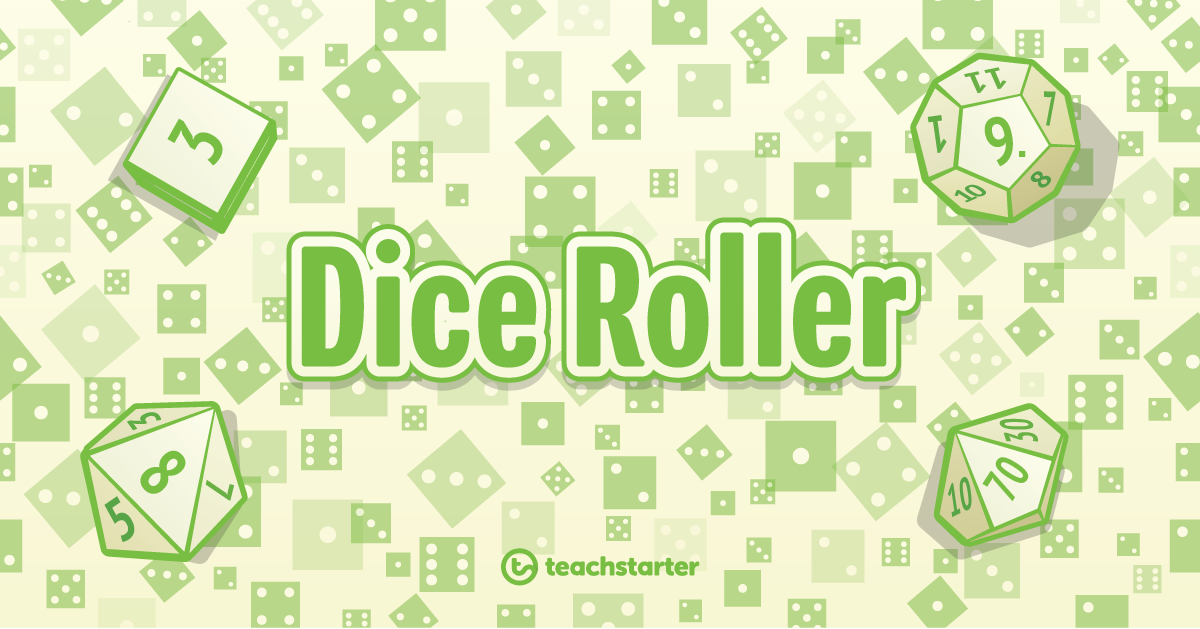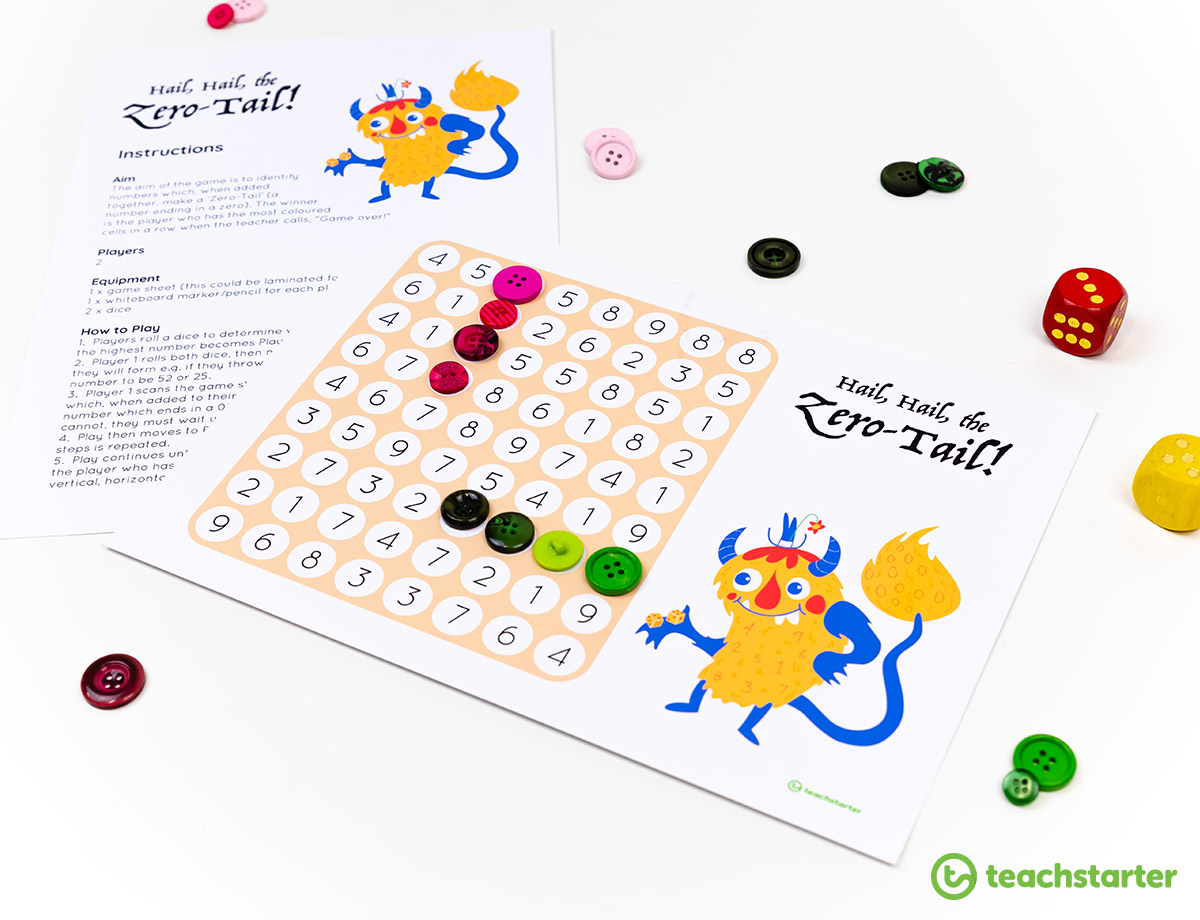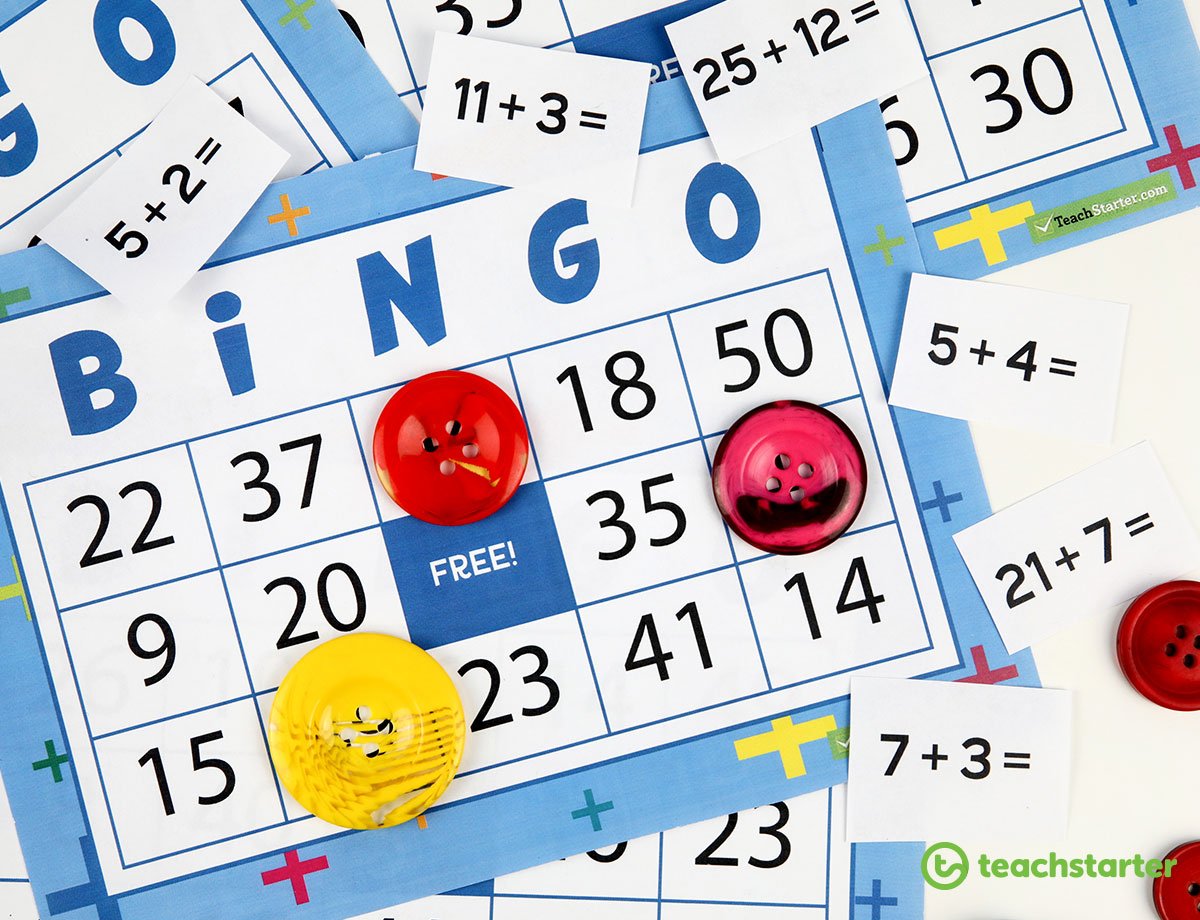So, youre satisfied the students are confident in their knowledge of rainbow number facts. Youve seen them thinking about which numbers are friends when solving problems involving numbers to ten. But as theyve worked with larger numbers, you realise the students are not transferring this knowledge. Sound familiar?
Lets face it, mental computation skills dont come naturally to many. As a child, I dont recall learning any particular strategies to help me work things out in my head – but that was a long time ago!As educators, we now know there are strategies which can be learned and built upon to make this task less overwhelming.
Sometimes, students dont make the links we THINK theyre making in order to apply their emerging mathematical understandings.
For example, students will often be quick to tell you that 4 is added to 6 to make 10, but those same students may not be as quick to tell you that 4 is what you add to 36 to make 40. This connection is often lost.
How to Get Kids Applying Knowledge of Rainbow Facts
Enter the Zero-Tail
In this blog, I will share some ideas about leading students to apply their knowledge of rainbow number facts when working with numbers greater than 10 which end in a zero.
For ease of reference when discussing these numbers with students, Ive given them the quirky name, Zero-Tails. There will be many times in our How did you work that out? discussions when Zero-Tails will make an appearance. Zero-Tails are of course any numbers that end in zero.
Zero-Tails are celebrities in the world of mental computation because they are so easy to work with.
As with all skills, practice makes perfect.The teachers challenge is to come up with tons of different ways to explore the same strategy. Hence, this swag of ideas is specifically related to building the students confidence with adding (initially) or subtracting (later) a single digit number to form a Zero-Tail.
I love singing at every opportunity in my classroom. If you know the tune of The Muffin Man, try singing this as a hint to remind students to use the strategy. (You can also eventually just hum the tune as a prompt too!)
Oh, do you know the Zero-Tail, the Zero-Tail, the Zero-Tail?
Do you know the Zero-Tail, its easy as can be.
Games and Activities Beyond Rainbow Facts
The following games and activities can be used in a variety of ways – for the whole class, in small group rotations or set as homework tasks.
Ive often found it best to set aside a regular time for a QUICK daily mental computation session.
1. Use our Dice Roller Widget
Using our interactive Dice Roller widget (or real dice), throw two dice to form a two-digit number.
Students then nominate what would need to be added to reach the closest Zero-Tail.
2. Play 20 Questions
Use a deck of cards and play ’20 Questions’. You will need to create a simple hat to fit the cards into.
- The student picks two cards without looking and you place them on their guessing hat to create a two-digit number.
- The student then has 20 questions to work out what number they have.
- The catch is, they must include at least 1 question related to Zero-Tails.
3. Play Hail, Hail, the Zero-Tail Game
Hail, Hail, the Zero-Tailhas the potential for students to make strategic decisions in order to win – which means it could easily be played by older students.
The game is played with a partner and the aim is for individual players to identify numbers which, when added together, make a Zero-Tail.
Each pair of students requires a game sheet and two dice which are used to form two-digit numbers.
The winner is the player who has shaded the most cells in a row on the game sheet.
4. Have Fun with Racing Rainbows
In this simple, yet effective activity, students have a time frame (1 or 2 minutes) to race against each other to write as many number sentences as they can which include a single digit number and a Zero-Tail.
The number sentences could be addition or subtraction.
5. Play BINGO
Many of our printable BINGO games can be modified to practise this same skill.
Why not try Addition BINGO – Numbers 0-50 in this way: instead of the caller reading out sums, they call out single digits and players scan their boards to see if the single digit will match with a number on their BINGO game board to make a Zero-Tail.
Similarly, you could use Numbers 0 – 20 BINGO, or, to reinforce place value at the same time (lets kill two birds with one stone!), any of the Two-Digit Place Value Bingo games.
6. Use a Deck of Cards
If you remove the face cards (except the Ace which is used as the number 1), a whole world of possibilities arise!
- Place the students into small groups with the pack of cards face down in the middle.
- Each student draws 2 cards from the pack and takes turns to nominate the two-digit number it will form.
- They also tell the group the addition or subtraction number sentence which includes this number and the nearest Zero-Tail.
7. Use Tens Frames
While we often think to use tens frames to develop number sense within the context of 10, dont forget to also use them to reinforce adding numbers to make 20.
This may be the first new setting in which students feel safe enough to begin transferring their rainbow number facts knowledge.
8. Play Paving Pairs
Paving Pairs is a sensational partner activity, ideal for use during numeracy groups.
- Each student will need 5 sheets of A4 paper and a marker pen, and the partners will need either a 10-sided dice or small cards numbered 0 9 in a paper bag.
- Both players write a different two-digit number on each of their A4 sheets. These 10 pages become pavers placed on the floor in front of the players.
- One player is the jumper, the other is the caller.
- The caller either rolls the dice or pulls a number out of the bag, and the other searches the pavers for a number which can combine with the called digit to form a Zero-Tail (either by adding or subtracting).
- If they can find a match, they jump onto the paver. After 10 turns, the roles are reversed.
Final Words from Janeen
So there you have it: a toolkit of ideas for your reference. I hope you feel motivated to try these inviting ways to build your students mental maths skills.Remember, the goal is to empower students to feel comfortable working with numbers without using fingers or pencil and paper.
Allow your students the time to master this strategy and listen to your classroom buzz as they realise they CAN work things out in their head and its fun!












Comments